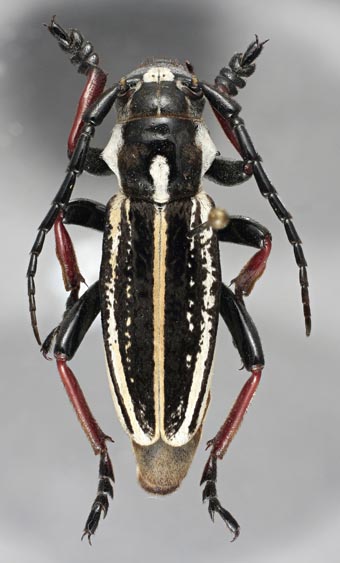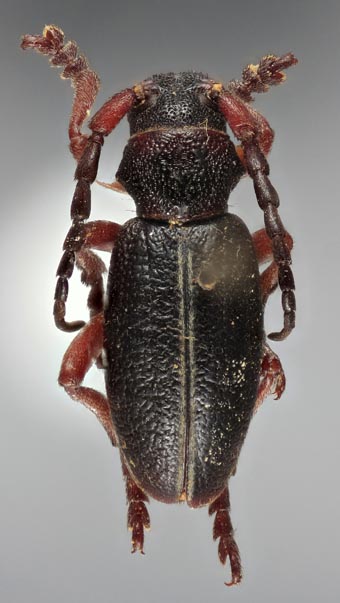|
Dorcadionini Classification
Selected References to Larvae Specimens
|
 Dorcadion gebleri Kraatz, 1873; dorsal Cerambycidae:Lamiinae:Dorcadionini Photograph © E.H. Nearns  Dorcadion pedestre (Poda, 1761); dorsal holotype specimen Cerambycidae:Lamiinae:Dorcadionini Photograph © E.H. Nearns  Eodorcadion sinicum Breuning, 1948; dorsal holotype specimen Cerambycidae:Lamiinae:Dorcadionini Photograph © S.W. Lingafelter |

